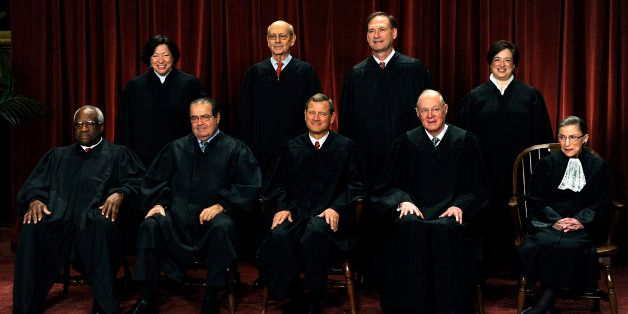
Even though the first 50 years of the 20th century were pretty barbaric due to two extremely bloody world wars, I still believe the arc of history bends towards progress and the pace has accelerated in the last 50 years.
In the 1960s we saw the beginning of the civil rights movement in America and in the 1970s the proxy wars between America and Russia wound down. In the 1980s we witnessed the slow motion decay of the Soviet empire and in the 1990s the seeds of globalism were planted which helped lift the economies of second tier countries.
The dawn of the 21st century has seen many signs of great progress even though the media wants us to believe that there is more chaos in the world. Tyrannical regimes in many Middle Eastern countries have been toppled, the scourge of AIDS and other infectious diseases have been diminished and we have become much more accepting of homosexuality. Our country has elected its first African-American president and we may be on the verge of electing our first female president.
With the glow of our July 4th celebration dimming this week, we see once again the brilliance of the framers of the U.S. Constitution in building a modern government that has three pillars -- the president, the Congress and the Supreme Court. Many modern political scientists believe we are living in an age of the powerful executive branch, even though the past few presidents have seemingly been stifled by an intransigent Congress that prefers gridlock to collaboration.
Obama has been in many ways a transformational leader, whose impact will probably not be fully appreciated for another decade. His revolutionary universal health care plan -- which has withstood repeated legal and congressional assaults -- will go down in history as a society-changing policy like Medicare and Medicaid have been. While Obama has unfortunately not done enough to combat the growing problem of inequality, he has started chipping away with legislation like health care, increasing the minimum wage and expanding the eligibility for overtime pay. If he could take a stab at making the tax code more progressive -- a monumental lift in the short time he has left in office -- then he would truly be a hero to the increasingly beleaguered middle class and underclass. And while he's at it, fixing the college loan program and reversing the spiraling cost of higher education would be another much needed fix.
With the recent controversial Supreme Court decisions on marriage equality and health care, we see how important the next few Supreme Court choices will be since the court is now so evenly divided. When we select our next president, the impact will obviously be felt during his or her four- or eight-year terms, but also well beyond that because of the new chief executive's Supreme Court choices. Elena Kagan and Sonia Sotomayor are likely to be on the bench for a long time and it is likely that the liberal stalwart of the Supremes -- Justice Ruth Bader Ginsburg -- will be replaced by our next president.
So as we ponder the progressive arc of history, we should also be well aware that our hard-fought gains can be reversed with the wrong leadership. As we begin to enter the Republican version of Survivor these next 12 months and as we watch whether anyone can catch Hillary on the Dem side, it is important to remember that our vote cannot only pick the next president but also can affect transformative legislation or a Supreme Court case.
Tom Allon, the president of City and State, NY, is the former Liberal Party-backed candidate for mayor in 2013. He can be reached at tallon@cityandstateny.com.
